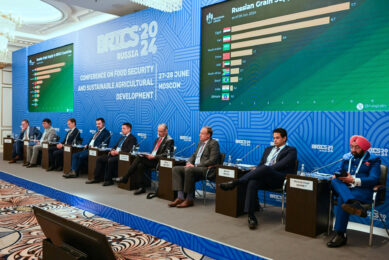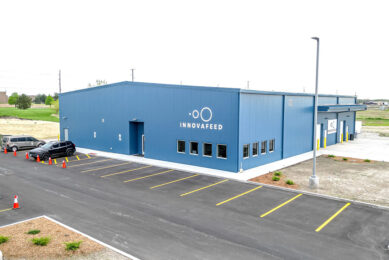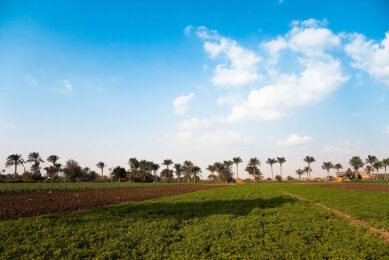World hunger feeds grain giants

Three giant agribusinesses dominate $1bn US food aid policy, a Guardian study reveals, with lobby groups ensuring agricultural surpluses are exported despite cost to developing countries.
Two-thirds of food for the billion-dollar US food aid programme last year was bought from just three US-based multinationals: ADM, Cargill and Bunge.
British newspaper The Guardian has analysed and collated for the first time details of hundreds of food aid contracts awarded by the US department of agriculture (USDA) in 2010-11 to show where the money goes.
ADM, incorporated in the tax haven state of Delaware, won nearly half by volume of all the contracts to supply food for aid and was paid nearly $300m by the US government for it.
Cargill, in most years the world’s largest private company and still majority owned by the Cargill family, was paid $96m for food aid and was the second-largest supplier, with 16% of the contracted volume.
Bunge, the US-headquartered global grain trader incorporated in the tax haven of Bermuda, comes third in the list by volume, and was paid $75m to supply food aid.
Together, these three agribusinesses sold the US government 1.2m tonnes of food, or almost 70% of the total bought.
Corporate welfare or hunger help?
Critics of the US system of food aid have complained for years that the programme is as much about corporate welfare for American companies as helping the hungry overseas.
Eric Munoz, agriculture policy analyst for Oxfam America, said: "This new information makes it abundantly clear that it is massive multinational firms – not rural America and not farmers – that are the direct beneficiaries of the rigged rules governing the US food aid programme.
"The more the reality of who benefits from these deals is exposed to the light of transparency and open debate, the less defensible current policy becomes," said Munoz.
A USDA spokesman defended the aid programme, however, saying it benefited 33 million people worldwide between 2009 and 2012 while supporting jobs in the US.
"Farming operations of all sizes often sell their grain or other goods to larger entities for storage and distribution (or processing in some cases), benefiting the entire value chain and US economy," he said.
But aid experts questioned whether the programme represented value for money and was the best way of feeding hungry people in poor countries.











